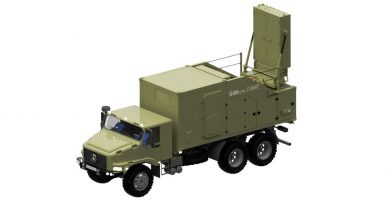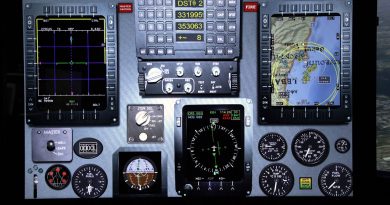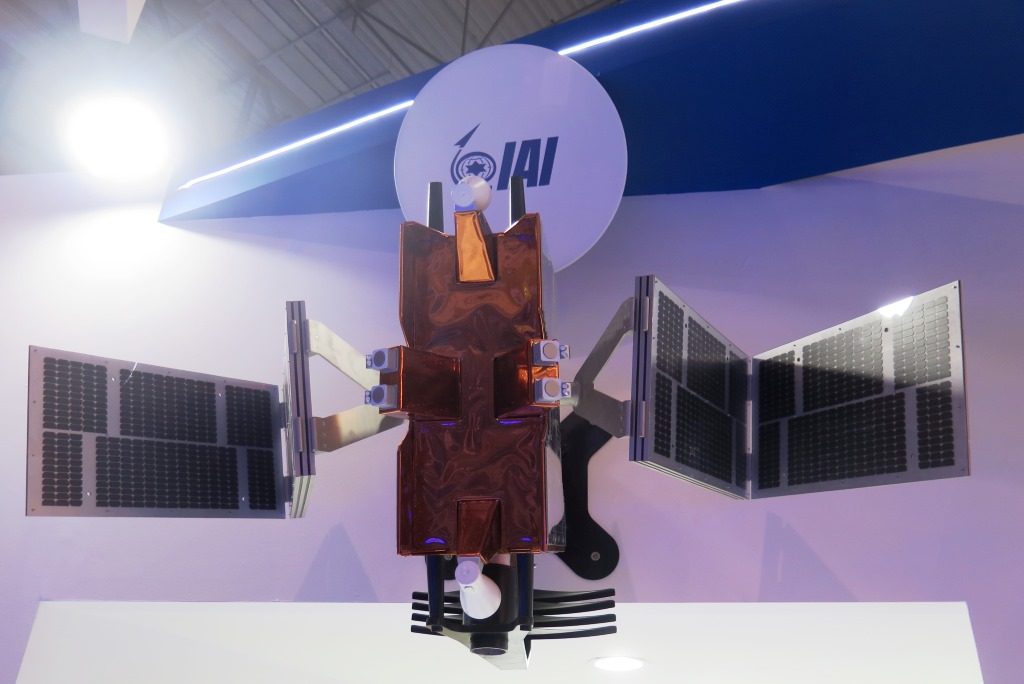
IAI looks at cooperation with the UAE in the satellite domain
Israel Aerospace Industrie, IAI in short, the Israeli leader in space and aviation defence, and active also in the land, naval, cyber & homeland defence exhibited for the first time at Dubai Airshow a wide range of military and civilian equipment.
“We are very happy exhibiting for the first time in Dubai, and IAI wishes maintaining a lasting relationship with the Emirates. We are developing a cooperation in the space field, and are negotiating with local partners for industrial development in that important segment, to ensure a successful future in the space field for our two countries, as well as for the region,” Ron Tryfus, VP Marketing & Bussiness told EDR On-Line.
Space is definitely one of the areas that evolved considerably in the last decades. “Since the Cold War space has become of critical importance. Before the 1990s the satellite weight could be emasured in tonnes, which needed increasingly big launch systems. Today the evolution of the electronic components industry allowed for a considerable weight reduction, so we managed to produce smaller and lighter satellites,” the IAI representative added. Moreover, thanks to Artificial Intelligence, data can be retrieved and analysed in a few thousandths of a second; this allows observation satellites to provide in near real time, day and night and in any atmospheric condition much higer definition results compared to their predecessors, while modern communication satellites ensure more reliable and secure communication with higher throughput.
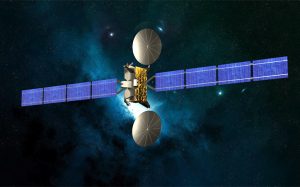
At the Dubai Airshow IAI exhibits its new Mini Communication Satellite (MCS) designed for developing commercial/national markets. The MCS was unveiled in late October at the 72nd International Astronautical Congress that also took place in Dubai. It is meant for flexibility, its low-capacity volume and the capability to have limited bandwish slots, allowing to offer affordable communications solutions tailored to customers’ needs; this can evolve at any given time thanks to the MCS control mission architecture, which enables to assign a “virtual payload” asset to a service providers based on his necessity, that payload being capable to change over time and may be based on assets from different satellites. It features a fully digital payload, its software defined architecture and flexible radio-frequency converters enabling in-orbit mission frequency plan updates in the Ku and Ka bands.
The MCS weighs only 700 kg, of which 200 kg is the payload, hence its launch cost is pretty low as it can share the same launch vector with other satellites. The MCS has eight active power amplifiers, overall power consumption being 2,000 W, and features a flexible antenna configuration.
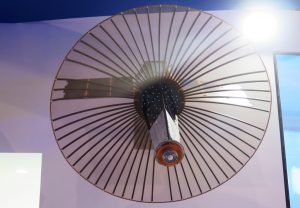
Beside the MCS, IAI presented two more satellites. The first one is the OPSTAT-180, a small Optical Observation satellite, packaged in CubeSat standard (12U), which is able to provide full colour images and video with a 1.2 meter resolution. It enables government/commercial/research-academic customers to monitor emerging situations and to cope with environemental issues and to meet the users information needs. The second one is the TECSAR, a radar observation satellite for multi-propose applications and national critical requirements, enabling the customer to own a complete operation and sovereignty. It features electronic beam steering, multimode imaging capability and its multi-polarimetric SAR payload provides 50 cm resolution high quality images, with throughput, geo-location accuracy and levels of operational autonomy packed in a unique high radio of performance to weight.
Photos and graphic courtesy IAI and J. Roukoz


